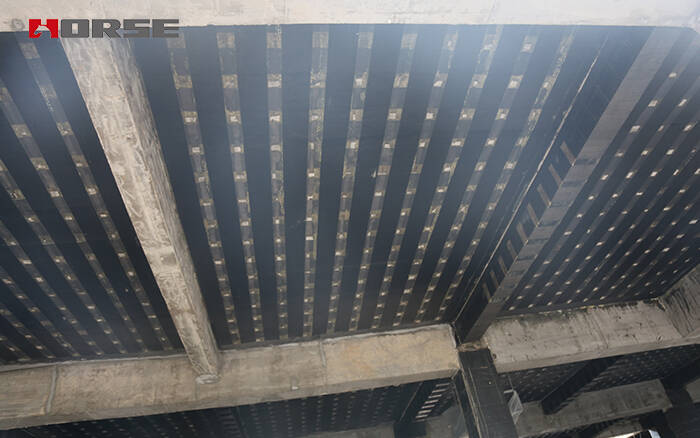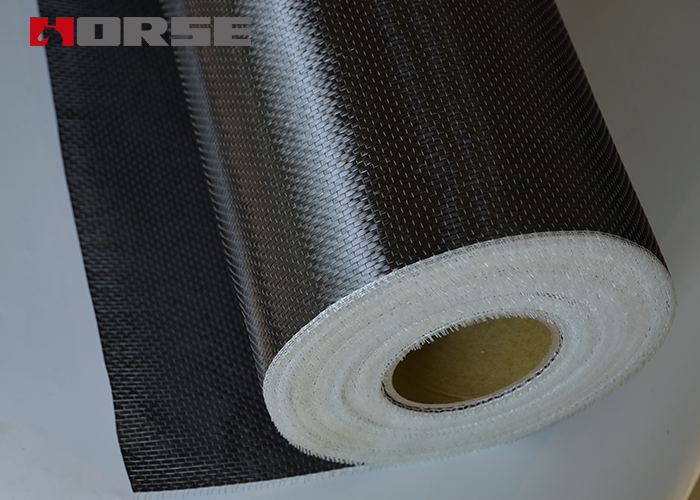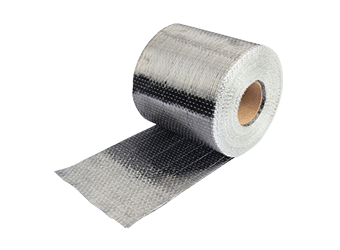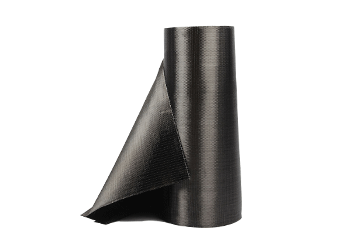Solutions
Horse Construction offers full range of structural strengthening materials with technical supports, documentation supports, products supports, project supports.
Ten Precautions For Carbon Fiber Wrap Structrual Reinforcement

Everyone knows the construction process of carbon fiber wrap reinforcement, but there are certain skills when pasting carbon fiber wrap. The following is organized into a jingle for everyone to understand and remember. Remember, you are also a master of "Kung Fu moves"!
Move 1: Surface cleaning should be in place, and then repaired to level it
The carbon fiber wrap must be pasted to the structural surface, and the cracked areas need to be surface sealed and grouted. If the component to be reinforced has white ash, it needs to be removed, and if there is a concrete cushion, the concrete cushion must be removed. After the removal is completed, fresh concrete is exposed, and then the reinforced base surface is repaired and leveled with structural repair glue.
Move 2: It is not feasible to have water on the base surface, keep it dry and then paste it
The concrete base surface that needs to be reinforced should be kept dry, and the moisture content of the base surface should be dried or pasted with a special moist impregnating glue.
Move 3: No need for angular cross-section, remember to grind it into a curved surface
The corner position should be processed into a smooth arc structure, and the radius should be greater than 20mm
Move 4: Where does the scraper go, it must go in the same direction
The pasting of the carbon fiber wrap should be specified at a specific position, and then the surface should be rolled with a roller to ensure that there are no air bubbles and other problems inside, and be careful not to damage the surface of the carbon fiber wrap. In addition, if there is unevenness on the concrete surface, a scraper should be used for leveling treatment, and the scraping and pressing direction should be carried out in the same direction.
Move 5: Pay attention to the expiry date of the carbon glue, and discard it beyond the time limit
Carbon fiber impregnating glue should pay attention to its pot life when stirring and using it. If it exceeds the pot life, it should not be used again.

Move 6: Touch dry and stick it up, the delay is over 12 hours
When the carbon fiber wrap is pasted in multiple layers, the next layer should be pasted immediately when the surface glue of the carbon wrap is dry to the touch. If the delay time exceeds one hour, you should wait 12 hours before sticking according to the above steps.
Move 7: The carbon wrap lap is stressed, and the length of the force is 20 times longer
When the carbon wrap is lapped, the lap length in the direction of force should not be less than 20cm.
Move 8: The carbon glue can be heated in winter, and alcohol is strictly prohibited
Note that it is normal for the carbon fiber impregnating glue to be a little sticky during construction in winter. If it is too thick and affects normal construction, the glue should be heated. It is strictly forbidden to add organic solvents such as alcohol to the colloid.
Move nine: carbon wrap and carbon glue with the same brand, experiment on different brands
The carbon fiber wrap and the impregnating glue should be of the same brand, otherwise a suitability test needs to be done.
Move ten: carbon wrap drilling as few as possible, the force area will be bad
Try not to drill holes on the pasted carbon wrap, which will reduce the stress area of the carbon fiber wrap and affect the quality of reinforcement.
You can find anything here you are in need of, have a trust trying on these products, you will find the big difference after that.

High strength, unidirectional carbon fiber wrap pre-saturated to form a carbon fiber reinforced polymer (CFRP) wrap used to strengthen structural concrete elements.

High strength, unidirectional carbon fiber sheet pre-saturated to form a carbon fiber reinforced polymer (CFRP) sheet used to strengthen structural concrete elements.